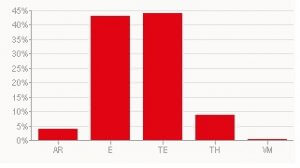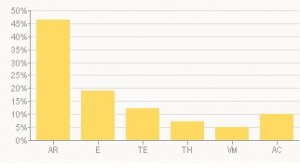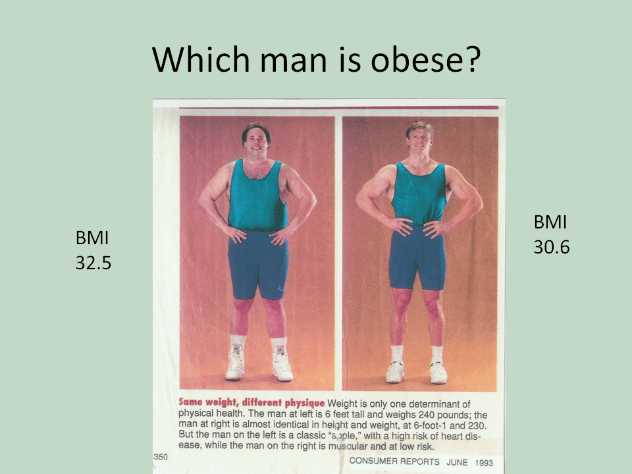To use a shopping analogy, training with heart rate training (HRT) and power-based training (PBT) is similar to shopping with friends. The friend that tells you to buy the new Garmin 810 because you simply must have the newest means of measuring ride statistics is HRT. The friend who points out you already have an 800 and can live without the Bluetooth ability to sync with your smartphone, is PBT. The difference?
HRT tells you what you want to hear. PBT tells you the truth.
Suppose your training plan calls for an endurance/tempo ride with threshold bursts and minimal time spent in Zone 1. You strap on your HR strap, go out for your ride, finish and upload to Strava and TrainingPeaks for KOMs and PCEMs (praise from your coach emails), respectively. Your heart rate data shows the following data:

You think to yourself, “Wow. Move over Joe D. There is a new local KOM! I killed it. I was hardly in active recovery. Can’t wait to get that email from my coach telling me I am simply the greatest athlete he has ever coached!!”
Meanwhile, had you had power, that same ride would have generated the following power data:
Compare the difference in the percentage of time spent in Zones 1 and 3: With HR data, it appears you spent the largest chunk of time at tempo. With power data, that conclusion is fallacious. Relying solely on HR data increases the chance you overestimate the quality and intensity of your workouts, which may leave you off the podium on race day with a broken heart.
HR and power combined can be a powerful tool to measure how well your body responds to hard efforts, by looking at the decoupling of your HR. This training statistic is the subject of a future post.
** These two charts are from an actual ride with the US Military Cycling Team in Tampa Fl **



